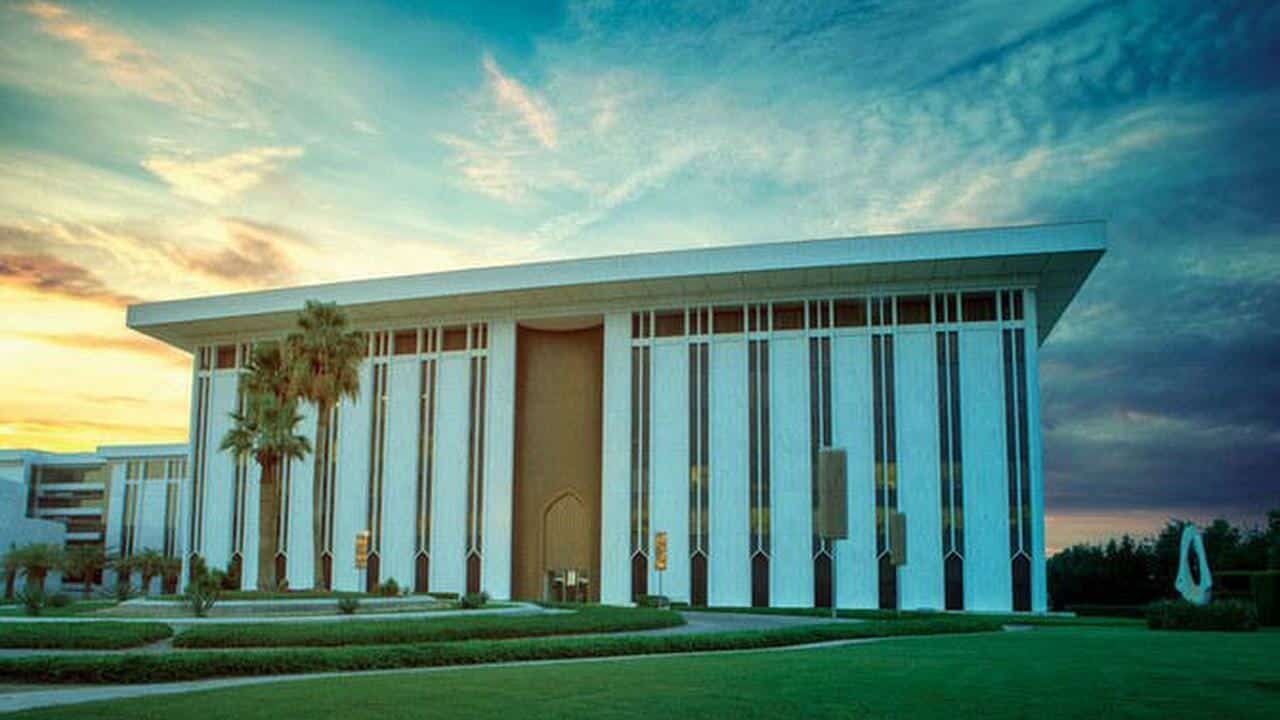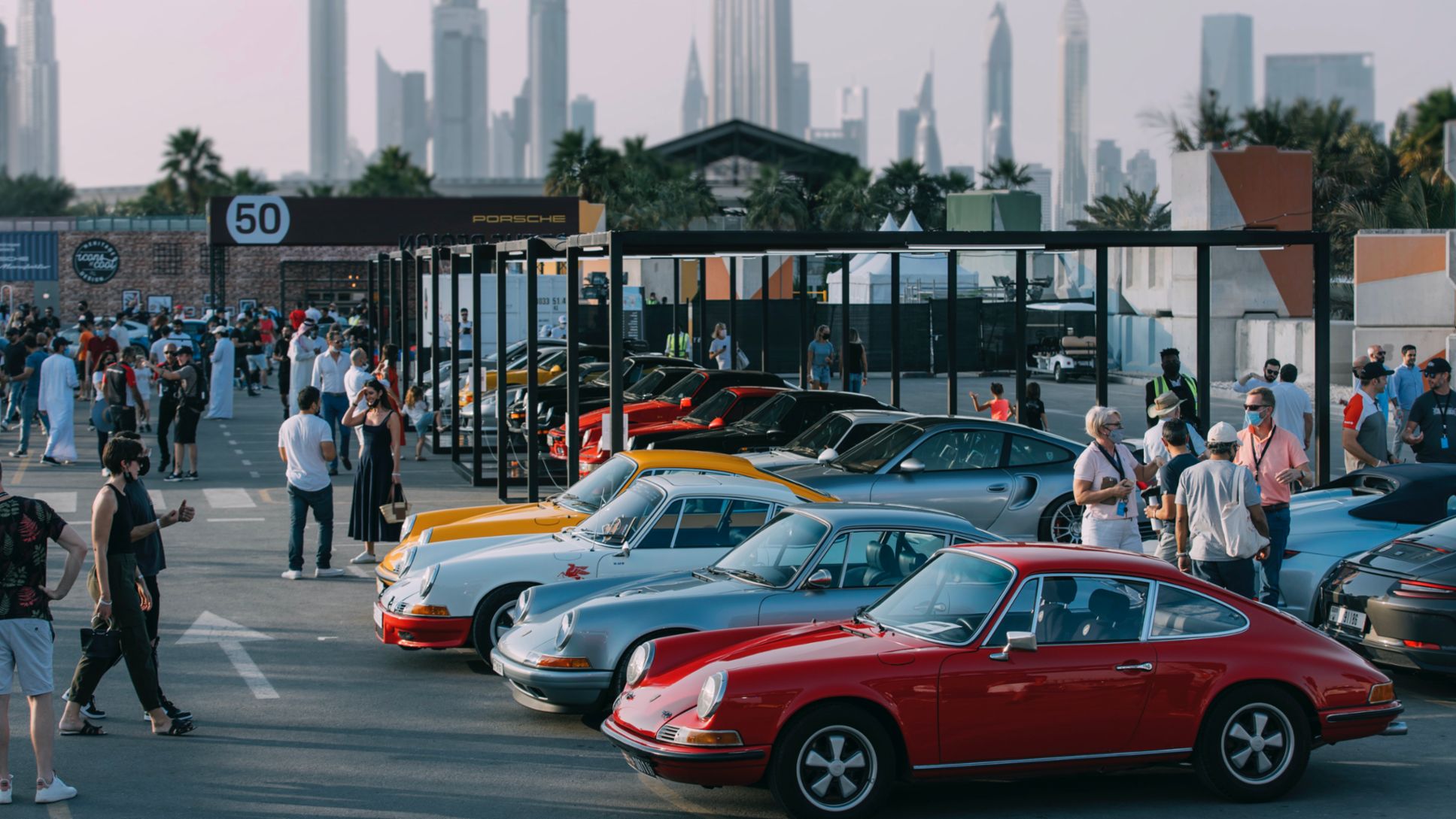Riyadh, Saudi Arabia — Saudi Arabia’s international reserve assets in May 2023 reached SAR 1.65 trillion ($440.15 billion), increasing by SAR 46.1 billion, or 3 percent, compared to SAR 1,61 trillion in April.
This was the first rise in international reserve assets in six months, the kingdom’s central bank SAMA said. On a yearly basis, however, the kingdom’s reserve assets fell 2 percent, or SAR 35.6 billion, from SAR 1,69 trillion in May 2022.
Saudi Arabia’s reserve assets include investments in foreign securities, foreign currency deposits, the International Monetary Fund (IMF) reserve position, special drawing rights (SDRs) and monetary gold.
The majority of Saudi Arabia’s reserve assets are held in US dollars (about 70 percent). The other major currencies held by Saudi Arabia include euros, Japanese yen, and British pounds.
SAMA uses the country’s reserve assets to support the Saudi riyal, to finance the government’s budget deficit, and to invest in foreign assets.
Argaam reported that foreign currency reserves, representing 94 percent of total assets, fell nearly 2 percent year-on-year (YoY) in May to SAR 1.56 trillion. Special drawing rights (SDRs) grew 1 percent YoY, while IMF reserves rose by 2 percent YoY.
Saudi Arabia has the largest foreign reserve assets in the GCC, followed by the United Arab Emirates, Qatar, Kuwait, Oman, and Bahrain. Saudi Arabia’s foreign reserve assets are equivalent to more than 10.3 months of imports, which is well above the international benchmark of 3 months. This means that Saudi Arabia has a comfortable level of foreign reserves and is well-positioned to weather any economic shocks.







